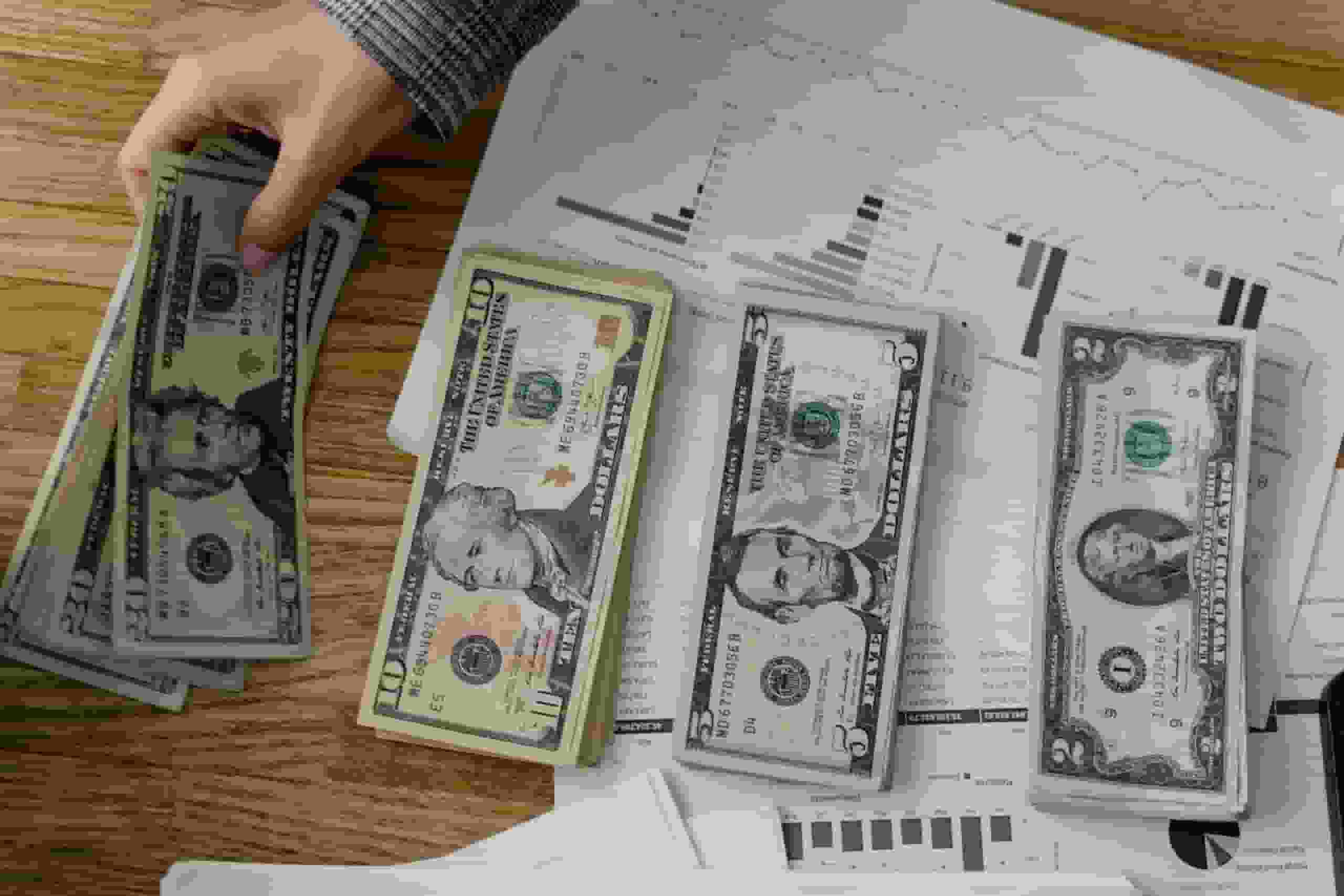
According to a recent survey, nine out of ten consumers have checking accounts. Despite this familiarity, the subject of how much to save in one’s savings account remains a personal finance enigma for many.
If you reach $5,000, it’s feasible that some of the money in your checking account can be put to better use elsewhere. Here are six alternatives to consider.
Don’t Worry If Your Expenses Are Lower Than $5,000
To provide yourself a 30-day cushion, Northwestern Mutual recommends storing around a month’s worth of take-home pay in your checking account. Extra money sitting in your checking account can be put to better use elsewhere, but cutting it too close is risky.
Subscriptions and other recurring payments, cash withdrawals, direct deposits, BNPL transactions, and so on are common and consistent in checking account activities. Thus, if your monthly spending is roughly $5,000 and you have that in your checking account, stay put. But, if you spend less or have more, you’ve outgrown your bank account by living within your means.
Read more: Stimulus payments: Which states will receive $3,284 relief checks this March?
Open Savings Account

According to the GOBankingRates poll, over half of the population has no emergency savings. If you have money to spare in your checking account, join the half that isn’t by transferring the surplus to a federally insured savings account, where the top rates are currently over 4%.
Your tendency may be to pay down debt first, but without at least a little emergency fund, a broken window or a dead alternator will send you right back to your credit cards before you’ve even finished paying them off.
Become An Investor
You were correct to prioritize debt, but Fidelity ranks debt elimination second only to an emergency fund if you pay at least 6% interest.
The 6% rule is based on the fact that smart investments may earn at least that much over time, meaning your earnings can outstrip the interest you pay on your loan.
Always look for a 401(k) match from your employer first, but if that isn’t a possibility, open a no-fee brokerage account that permits fractional-share trading so you can start small and make every dollar count.
Distribute Wealth To New Accounts
That is timeless counsel, but while your initial assets (hopefully) appreciate, learn everything you can about diversifying your holdings when your checking account begins to bulge again, including:
- Precious metals
- P2P lending
- Bonds and other debt instruments
- Tangible assets like art and wine
- Cryptocurrency and other digital assets
- Income-generating investments like annuities
Now that you’ve expanded your holdings beyond checking to include a savings and brokerage account, think about how you may get even more out of your money by putting some funds in tax-advantaged accounts with particular benefits. Roth IRAs are one of the most adaptable investment vehicles.
Read more: Stimulus payments: Which states will receive $3,284 relief checks this March?

